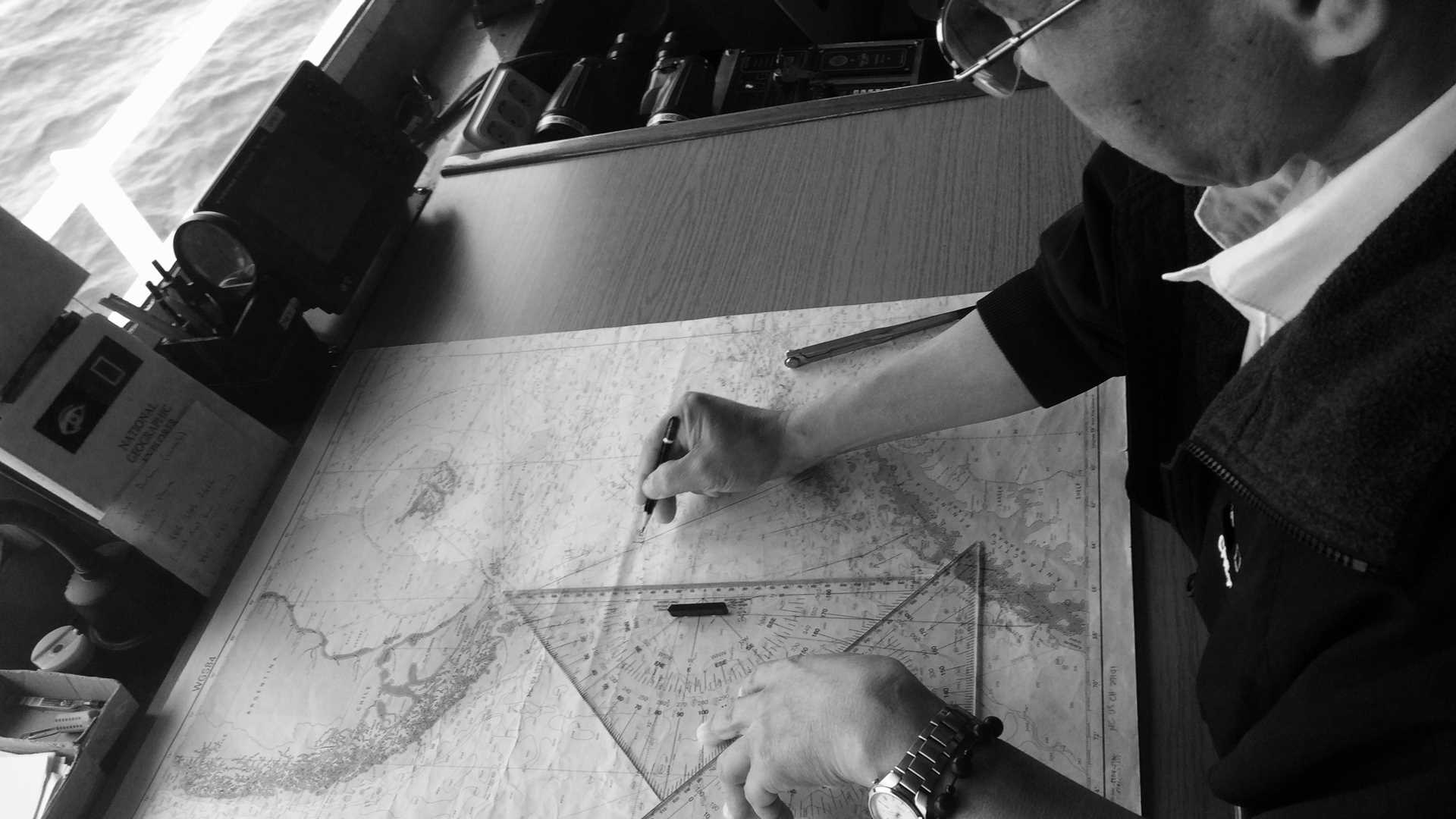To cross the Drake Passage is to take advantage of the shortest stretch of ocean between the icy continent of Antarctica and any other continental landmass. Yet at a distance of 800km, it isn’t necessarily a stone’s throw from the Southern tip of South America. Add to this tales of severe storms, historic shipwrecks and terrific waves that test the most resilient of sea legs, it may be the shortest crossing, but the Drake Passage certainly isn’t known for its gentility.
So here we are, sailing across one of the world’s meanest bodies of water. We have taken our seasickness medication; we have taken the advice to ‘always keep one hand free’; and now we await our fate. Despite all the fables and fears, today there is little to test us. We are we finding our sea legs in a leisurely fashion. The National Geographic Explorer is sailing across mellow seas, taking us ever closer to the beauty and isolation of the Antarctic Peninsula.
We have seen pictures, we have heard stories, we have read the Antarctic primer. Now we are on our way to this unique part of the World with excitement, anticipation, and a sense of relief that we can wander around the ship without pinballing down the corridors.
The fair weather has also allowed us to get preparations underway for our arrival in Antarctica. This morning was our chance to meet the Natural History Staff plus our on board National Geographic Photographer Dan Westergren and Global Perspectives Guest Speaker Ken Taylor. The wealth and breadth of knowledge accompanying us on this voyage is unparalleled and the calm sea state allowed us to get started with our first ‘Introduction to Photography’ with Dan and the rest of the photo team. Whether it’s an iPhone, a GoPro or a chunky SLR with an array of lenses, we have expertise on hand to help with everything. There is certainly no shortage of subject matter.
With an array of Seabirds accompanying us on our voyage across the Drake Passage, this afternoon was the perfect opportunity to learn more about the types of Seabirds we are observing from the Bridge, or even from our cabin windows and balconies. Naturalist Bud Lehnhousen gave us the perfect introduction, allowing us to go away and observe these birds with an added understanding about how they survive in this cold and isolated environment at the bottom of the Earth. As we will find out over the course of the voyage, what we might consider to be a harsh and isolated environment is a bounty of productivity for the seabirds and mammals that survive down here.
Indeed Antarctica holds such significance for global populations of animals both above and below the water that we must take precautions not to disturb this balance when visiting the Peninsula. With the sea state remaining calm we took the chance to complete our bio-decontamination procedures this afternoon. If you’d never seen your waterproof pants being vacuumed – well now you have! We must ensure every little trace of plant material is gone or we risk introducing non-native species to an environment that has remained largely isolated from invasive species for millions of years.
So if we thought our crossing of the Drake Passage was going to entail lazy days in bed, eating crackers and sipping water, we were mistaken. We have filled our Drake-day with introductions, knowledge and preparations for our expedition to Antarctica. We have ended our day with cocktails and a beautiful welcome dinner hosted by our Captain Oliver Kruess. Antarctica awaits and we are at the ready.







